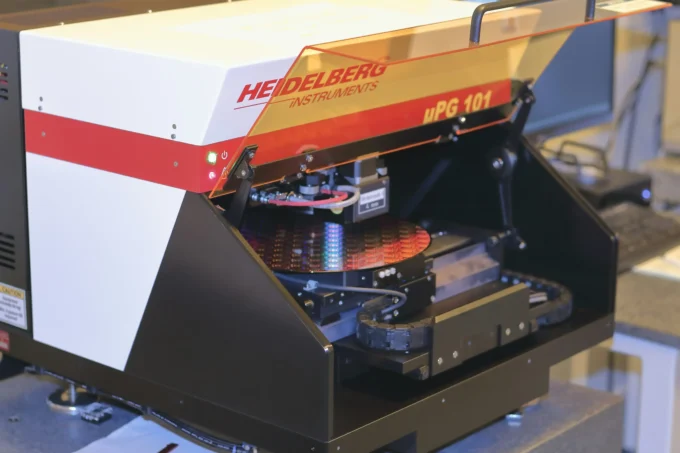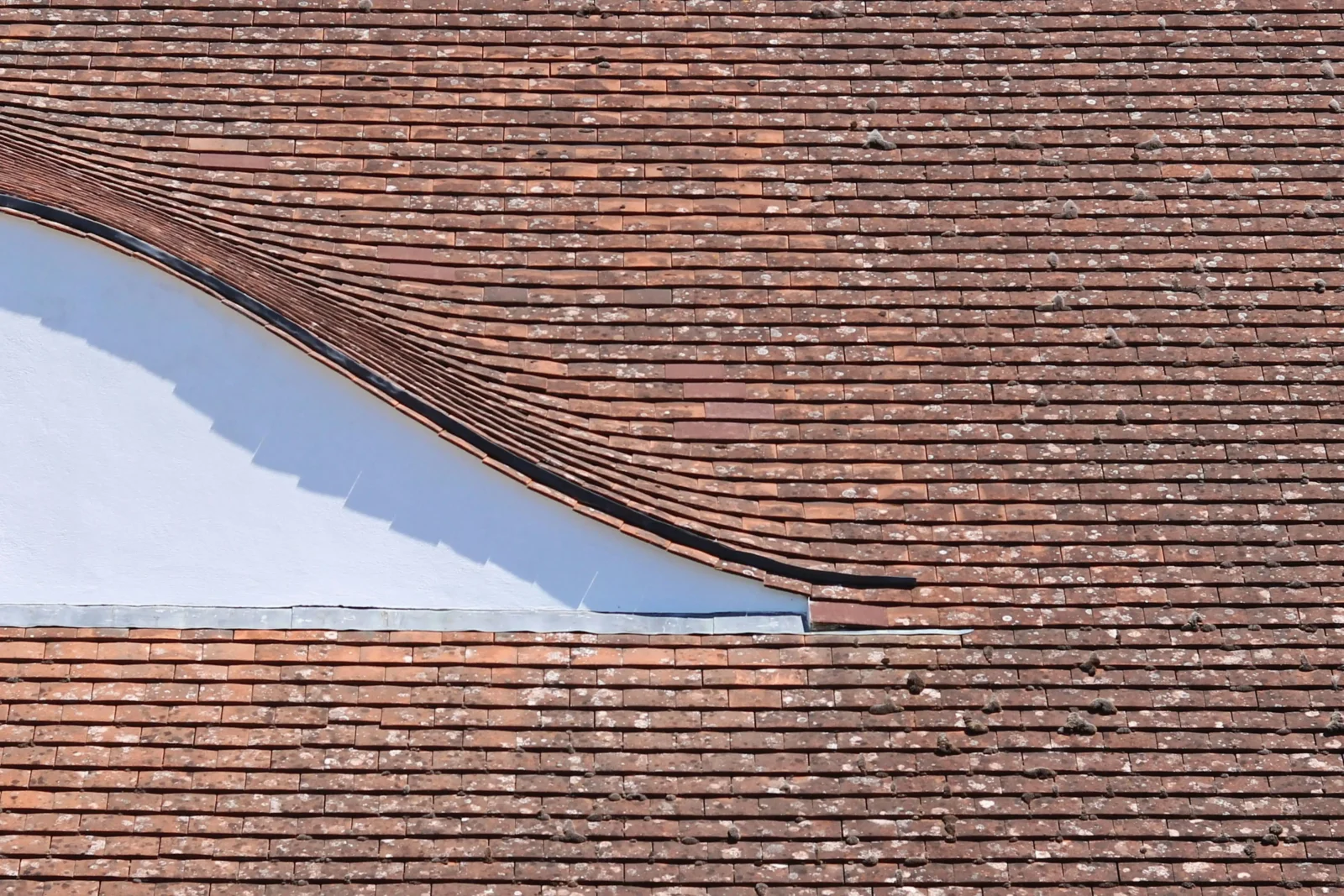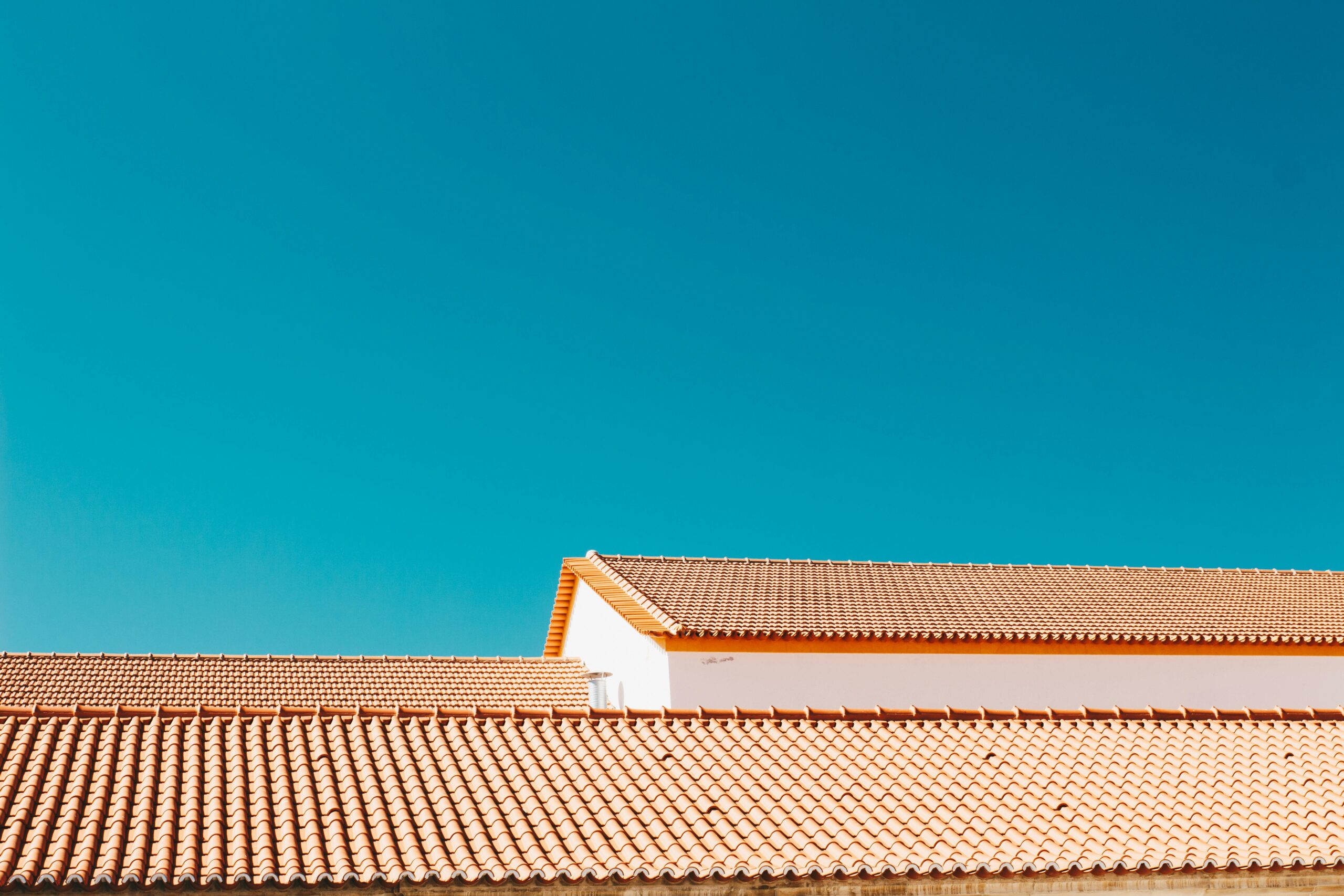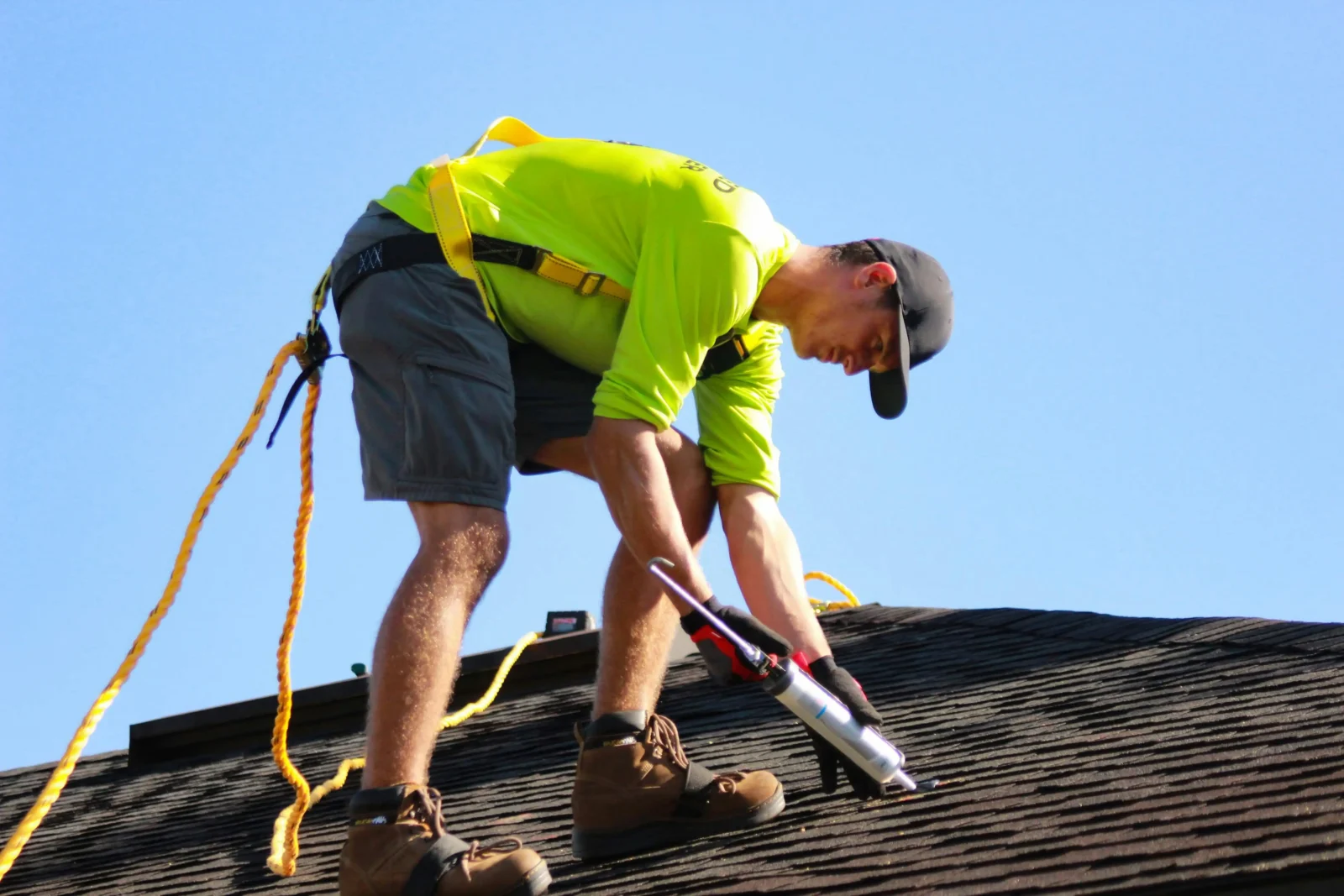- Home
- Articles
- Architectural Portfolio
- Architectral Presentation
- Inspirational Stories
- Architecture News
- Visualization
- BIM Industry
- Facade Design
- Parametric Design
- Career
- Landscape Architecture
- Construction
- Artificial Intelligence
- Sketching
- Design Softwares
- Diagrams
- Writing
- Architectural Tips
- Sustainability
- Courses
- Concept
- Technology
- History & Heritage
- Future of Architecture
- Guides & How-To
- Art & Culture
- Projects
- Interior Design
- Competitions
- Jobs
- Store
- Tools
- More
- Home
- Articles
- Architectural Portfolio
- Architectral Presentation
- Inspirational Stories
- Architecture News
- Visualization
- BIM Industry
- Facade Design
- Parametric Design
- Career
- Landscape Architecture
- Construction
- Artificial Intelligence
- Sketching
- Design Softwares
- Diagrams
- Writing
- Architectural Tips
- Sustainability
- Courses
- Concept
- Technology
- History & Heritage
- Future of Architecture
- Guides & How-To
- Art & Culture
- Projects
- Interior Design
- Competitions
- Jobs
- Store
- Tools
- More

Your roof is one of the most critical components of your home, yet it’s often overlooked until a problem arises. A well-maintained roof protects you from the elements and contributes to your home’s energy efficiency, curb appeal, and value. Keeping your roof in top shape requires regular inspections, proactive maintenance, and prompt attention to emerging issues.
Neglecting roof upkeep can lead to costly repairs, structural damage, or even a full replacement. By implementing a few smart strategies and being attentive to early warning signs, homeowners can extend the lifespan of their roofs and prevent avoidable damage.
Table of Contents
ToggleSchedule Routine Inspections
Regular roof inspections are important for spotting problems before they escalate. Ideally, you should inspect your roof twice a year, once in the spring and once in the fall. Seasonal changes often bring heavy rains, snow, or wind that can wear down roofing materials.
During inspections, look for missing or damaged shingles, sagging areas, mold or mildew, and rust on flashing. Pay attention to the condition of soffits, fascia, and gutters. Inside your home, water stains on ceilings or walls can signal roof leaks, especially after storms.
Hiring a professional roofer to conduct these inspections ensures a more thorough evaluation. Experts are trained to identify subtle issues that homeowners might miss and can recommend appropriate maintenance or repairs on the spot.

Clean Gutters and Downspouts
Clogged gutters are a common cause of roof damage. When debris like leaves, twigs, and dirt accumulate, water can back up onto the roof, seeping beneath shingles and causing rot. Overflowing gutters place stress on fascia boards and increase the risk of ice dams in winter.
Cleaning gutters at least twice a year, more frequently if you live near trees, prevents blockages and ensures proper water drainage. Installing gutter guards can reduce debris buildup and make maintenance easier.
Check that downspouts are clear and direct water away from the foundation. Pooling water near your home’s base can lead to basement flooding and foundation damage, further emphasizing the importance of a functional drainage system.
Address Repairs Promptly
Even minor roofing problems can worsen quickly if left unaddressed. A small leak or missing shingle can lead to water intrusion, mold growth, and insulation damage. What starts as a $200 fix can turn into a multi-thousand-dollar repair if ignored.
Be proactive in addressing issues, especially after severe weather events. If your area is hit by a heavy storm or high winds, inspect your roof immediately or call a professional. Many companies offer assessments to check for hail damage or lifted shingles that might not be visible from the ground. If you’re in need of emergency roofing repairs in Hanover, local experts can provide immediate support to stabilize your roof, minimize damage, and begin the repair process without delay. In urgent situations, such as a tree branch falling on your roof or water actively leaking into your home, it’s crucial to act fast.
Trim Overhanging Trees
Trees provide shade and beauty, but branches that hang over your roof pose a significant risk. Falling limbs during storms can cause structural damage, while continuous contact between branches and shingles can wear away protective granules and lead to leaks.
Overhanging trees drop leaves and debris onto your roof, accelerating moss and algae growth. In moist climates, this can create a slippery, deteriorating surface that compromises your roof’s integrity.
Regular tree trimming minimizes these hazards. Maintain a safe distance between branches and your roof, ideally, at least six to ten feet, to protect your shingles and gutters year-round.

Ventilate and Insulate Properly
A healthy roof is supported by proper attic ventilation and insulation. Without adequate airflow, heat and moisture can build up in the attic, leading to warped shingles, mold growth, and increased energy bills.
In winter, poor ventilation contributes to ice dams, where melting snow refreezes along the roof’s edge and forces water beneath shingles. This can weaken your roof’s structure and damage interior walls and ceilings.
Ensure that your attic is ventilated with a combination of soffit, ridge, or gable vents. Proper insulation helps maintain indoor comfort and protects your roof from temperature-related wear.
Apply Protective Treatments
For certain roof types, applying protective coatings or treatments can extend their lifespan. Asphalt shingles, metal panels, and flat roofs all benefit from specialized products that seal the surface, improve UV resistance, and prevent moisture infiltration.
Moss and algae treatments are available to keep growth under control. Left unchecked, moss retains moisture and can cause shingles to lift or decay. Treatment products, combined with regular cleaning, help preserve the appearance and functionality of your roof.
Taking care of your roof doesn’t have to be overwhelming. With routine inspections, timely repairs, and preventive maintenance, you can avoid costly surprises and enjoy peace of mind knowing your home is protected. Your roof is more than just shingles and flashing; it’s your first line of defense against the elements and an important part of your home’s structure.
illustrarch is your daily dose of architecture. Leading community designed for all lovers of illustration and #drawing.
Submit your architectural projects
Follow these steps for submission your project. Submission FormLatest Posts
Best Practices for Roof Inspections and Maintenance
On most projects, the roof spends decades out of sight while carrying...
Sunny Days, Secure Roof: Simple Steps to Shield Your Home
Your home is more than just a place to live—it’s a sanctuary....
Simple and Stylish Roof Ideas for Homeowners
When designing your home, don’t overlook the roof. It’s essential for both...
Key Qualities to Look For in a Residential Roofing Contractor
Choosing a residential roofing contractor involves careful consideration. The roof is a...












Leave a comment